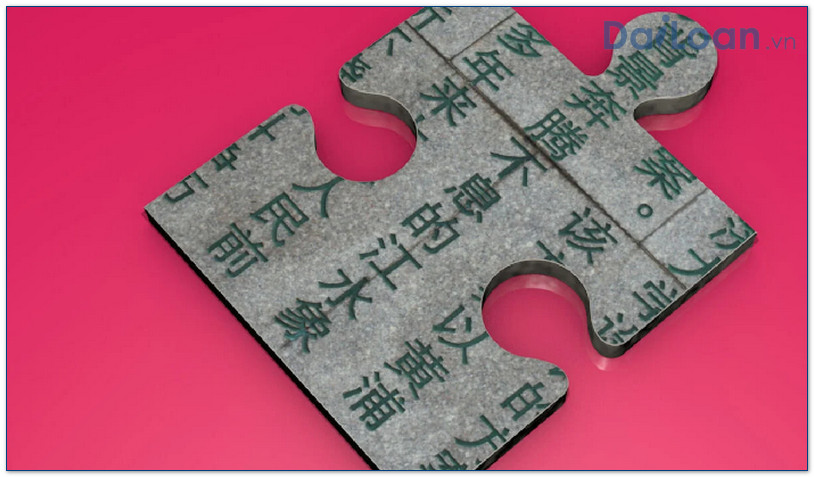The concept of 進度 (jìn dù) is pivotal in various discussions relating to progress, deadlines, and project management in Chinese culture. As a term frequently used in both formal and informal contexts, understanding its meaning and grammatical structure can significantly enhance your fluency in Chinese. In this article, we will delve into the meaning of 進度, its grammatical nuances, and provide several example sentences to illustrate its use.
Understanding the Meaning of 進度 (jìn dù)
The term 進度 translates to “progress,” “pace,” or “schedule” in English. It is commonly used to refer to the progress of work, tasks, or projects. Whether it’s in a professional setting or personal endeavors, 進度 encompasses the notion of advancement within a specified timeframe. This makes it a key term in discussions related to productivity and management.
Grammatical Structure of 進度
To fully grasp how to use 進度 in conversation, we must analyze its grammatical structure. The word 進度 is composed of two characters:
Character Breakdown
- 進 (jìn): This character means “to advance” or “to move forward.” It conveys the idea of progression.
- 度 (dù): This character can mean “degree,” “extent,” or “measure.” When combined with 進, it denotes the measure of progress made.

Part of Speech
進度 functions as a noun in sentences. It can be used to describe various aspects of progress in projects, tasks, or activities, making it versatile in application.
Example Sentences Using 進度
To enhance your understanding of 進度, here are several example sentences illustrating its use in various contexts:
In Professional Contexts
- 这个项目的进度非常顺利。
(Zhège xiàngmù de jìndù fēicháng shùnlì.)
“The progress of this project is going very smoothly.”
- 我们需要定期检查进度。
(Wǒmen xūyào dìngqī jiǎnchák jìndù.)
“We need to check the progress regularly.”
In Educational Contexts
- 学生的学习进度在不断提高。
(Xuéshēng de xuéxí jìndù zài bùduàn tígāo.)
“The students’ learning progress is continuously improving.” - 老师对我的作业进度给予了反馈。
(Lǎoshī duì wǒ de zuòyè jìndù jǐyǔle fǎnkùi.)
“The teacher provided feedback on the progress of my assignment.”
In Daily Life Contexts
- 我在跟踪我的健身进度。
(Wǒ zài gēnzōng wǒ de jiànshēn jìndù.)
“I am tracking my fitness progress.” - 看一下你的工作进度吧。
(Kàn yīxià nǐ de gōngzuò jìndù ba.)
“Let’s take a look at your work progress.”
Conclusion
Understanding the term 進度 (jìn dù) is crucial for anyone looking to enhance their proficiency in Chinese, particularly in contexts related to work, education, and personal development. This article provided insights into its meaning, grammatical structure, and practical usage through example sentences. By familiarizing yourself with this term, you not only enrich your vocabulary but also improve your comprehension and communication skills in the Chinese language.

Sứ mệnh của Chuyên là giúp đỡ và truyền cảm hứng cho các bạn trẻ Việt Nam sang Đài Loan học tập, sinh sống và làm việc. Là cầu nối để lan tỏa giá trị tinh hoa nguồn nhân lực Việt Nam đến với Đài Loan và trên toàn cầu.
CÓ THỂ BẠN QUAN TÂM
Du học Đài Loan
Lao Động Đài Loan
Việc Làm Đài Loan
Đơn Hàng Đài Loan
Visa Đài Loan
Du Lịch Đài Loan
Tiếng Đài Loan
KẾT NỐI VỚI CHUYÊN
Zalo: https://zalo.me/0936126566
Website: www.dailoan.vn




